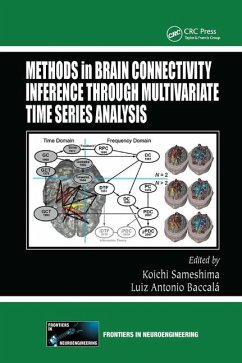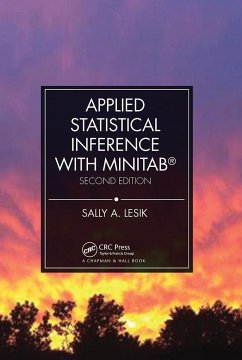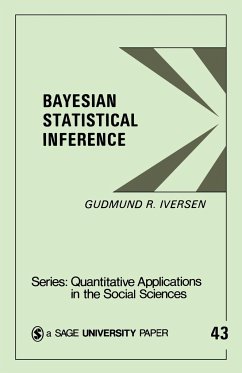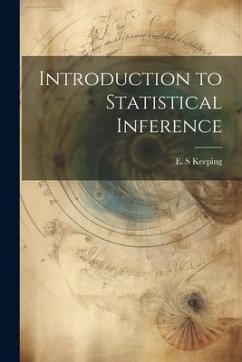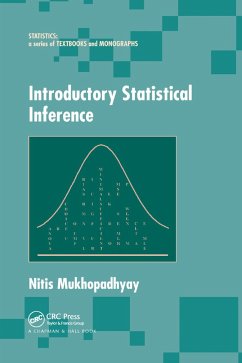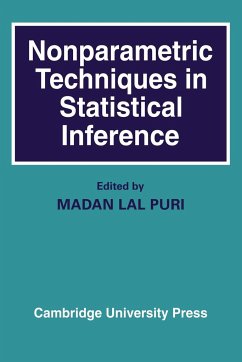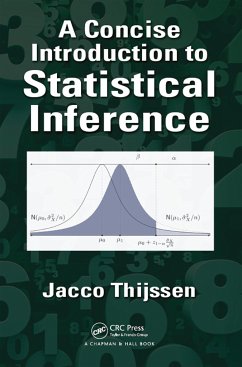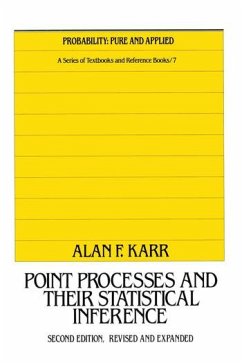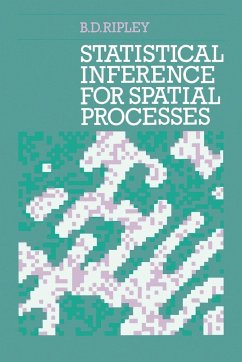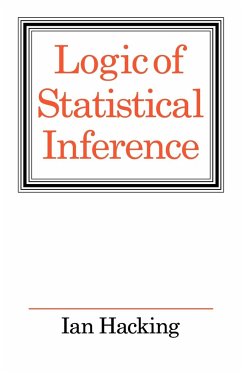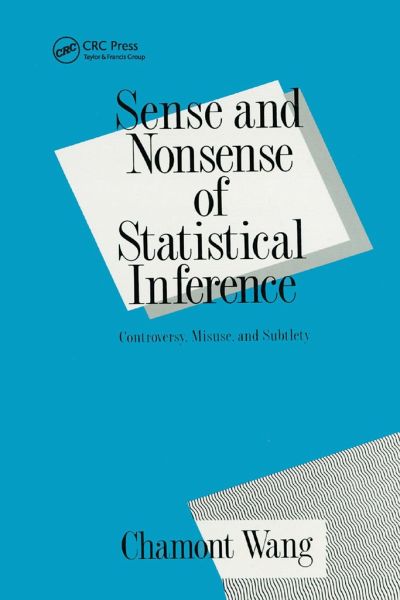
Sense and Nonsense of Statistical Inference
Controversy: Misuse, and Subtlety
Versandkostenfrei!
Versandfertig in 1-2 Wochen
81,99 €
inkl. MwSt.
Weitere Ausgaben:

PAYBACK Punkte
41 °P sammeln!
This volume focuses on the abuse of statistical inference in scientific and statistical literature, as well as in a variety of other sources, presenting examples of misused statistics to show that many scientists and statisticians are unaware of, or unwilling to challenge the chaotic state of statistical practices.;The book: provides examples of ub





